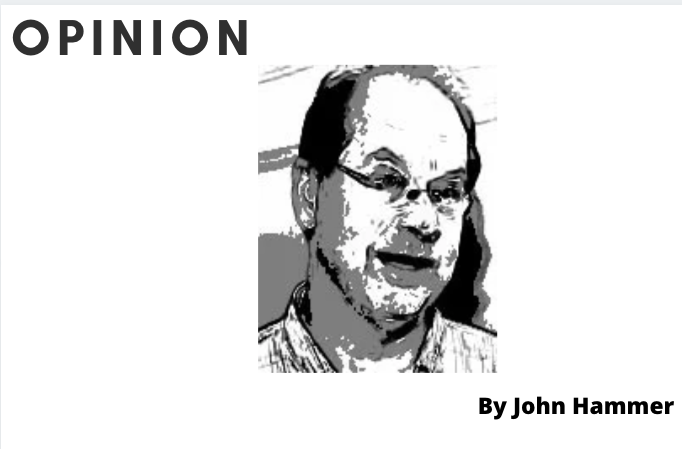The Greensboro City Council and the Planning Department absolutely love “corridor studies.”
These could be called street studies. The idea is to for the Planning Department to get a lot of public input, take a detailed look at how the land on and around a particular street should be developed and put all those recommendations in a report.
Corridor studies involve a lot of staff time and energy and are not cheap.
At the end of the process is the report on how the Planning Department and some of the people in the area believe the corridor should develop. For the City Council the corridor study either goes on the shelf or in the round file never to be seen again. However, people who live along the corridor, particularly those who spent hours working on the study, believe that the report means something. In areas that have had corridor studies, people often come to speak in opposition to a particular rezoning request because it does not comply with the corridor study. It’s almost always a losing argument.
What isn’t adequately conveyed to the people participating in the corridor study is that it is a list of recommendations. It doesn’t rezone any property or restrict any development. And, more importantly, nobody in authority, including city staff, pays any attention to it once it’s complete.
Recently, I ran across a copy of the 147-page Pisgah Church Road/Lees Chapel Road Corridor Study dated June 1996. Since 1996 there has been a tremendous amount of development along Pisgah Church Road/Lees Chapel Road corridor, so it would seem to make sense for the city to have used that extensive study to guide the development.
But looking at the recommendations in the 1996 corridor study and the current development on Pisgah Church Road, it’s hard to see the relationship between the two.
Rezoning property involves property rights. The property owner has a right to use the property at its highest and best use, as long as it does not significantly impact other property owners in the area. As noted, the City Council, which has the power to rezone property, is under no obligation to pay the least bit of attention to a corridor study even though the Planning Department often refers to the study.
But there are a number of recommendations in the Pisgah Church Road/Lees Chapel Road Corridor Study that don’t involve rezoning or property owners. These are recommendations for street improvements.
The recommendations, which include constructing a median in Pisgah Church Road, have not been done. The recommendation is actually to construct a median and plant Bradford pear trees in the median. Since the study was published, Bradford pear trees have gone from being the darling of city planners to having the state pay people to cut them down. So perhaps the residents of Greensboro should be thankful this portion of the recommendation wasn’t followed.
Another recommendation is to re-open Braxton Lane from Pisgah Church Road to Lawndale Drive to alleviate some of the traffic at the Lawndale-Pisgah Church intersection. This would have only involved the city removing a barricade, but it has not been done.
There is also a recommendation was to build a new road southeast of the Lawndale and Pisgah Church Road intersection from Pisgah Church Road to Lawndale, also to alleviate traffic at the intersection. This road was never built.
The recommendations include not allowing any commercial development on Pisgah Church Road west of Martinsville Road and before the Battleground Avenue commercial node.
A new Lidle grocery store is currently being constructed on Pisgah Church west of Martinsville Road and there is an existing Bee Safe Storage facility on the west side of Martinsville Road in an area designated as residential on the corridor study.
Those are a few of the recommendations made, but it appears that not only does the City Council throw corridor studies into the round file, but the Planning Department and the Greensboro Department of Transportation do also.


It sounds like a lot of costly mental masturbation, but what the heck; maybe they can raise taxes again!
More of my tax dollars
Well, we must have something for the planning staff to do, so they do corridor studies that are not worth the paper on which they are printed as they have do not establish any fixed pathway for development; only recommendations that the city council would ignore anyway.
Have recently experienced thus when it is well done with some property we own in Orange county. A Dollor Store wanted to be built in an area but required a zoning change and they let the builder host some meetings with surround property owners but in the end declined with minimal discussion as it didn’t fit the corridor plan. Clean and simple.
i sure hope you guys follow up on this situation. perhaps there might be a rebuttal?
thank you for your journalism. it’s needed and appreciated.
pap
Sometimes these government officials/planning departments claim that they’ve saved us money by not spending anything on improvements. Often, I would rather pay the extra $20 per year in taxes rather than arrive at my destination late due to congested/inadequate roads.